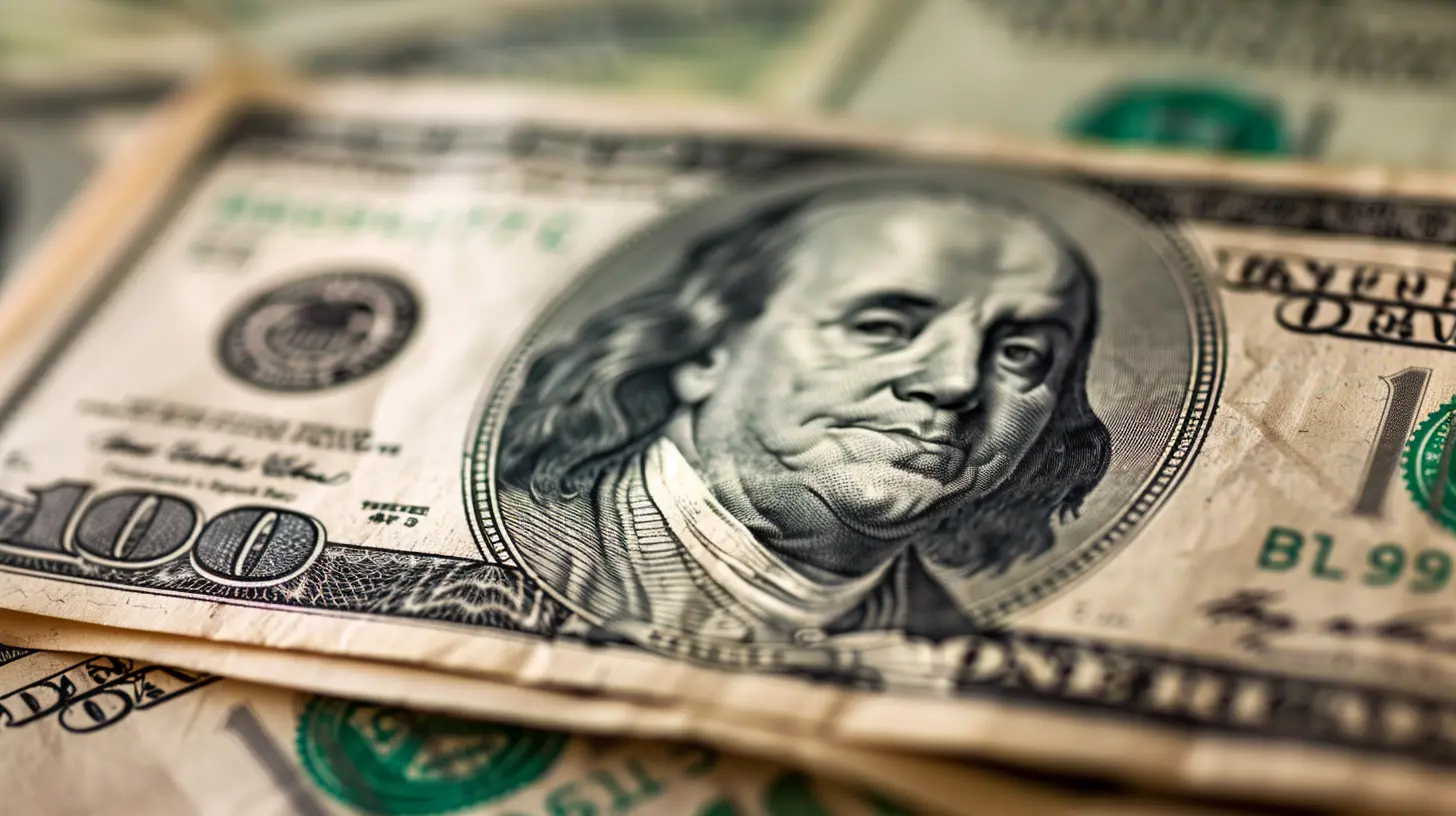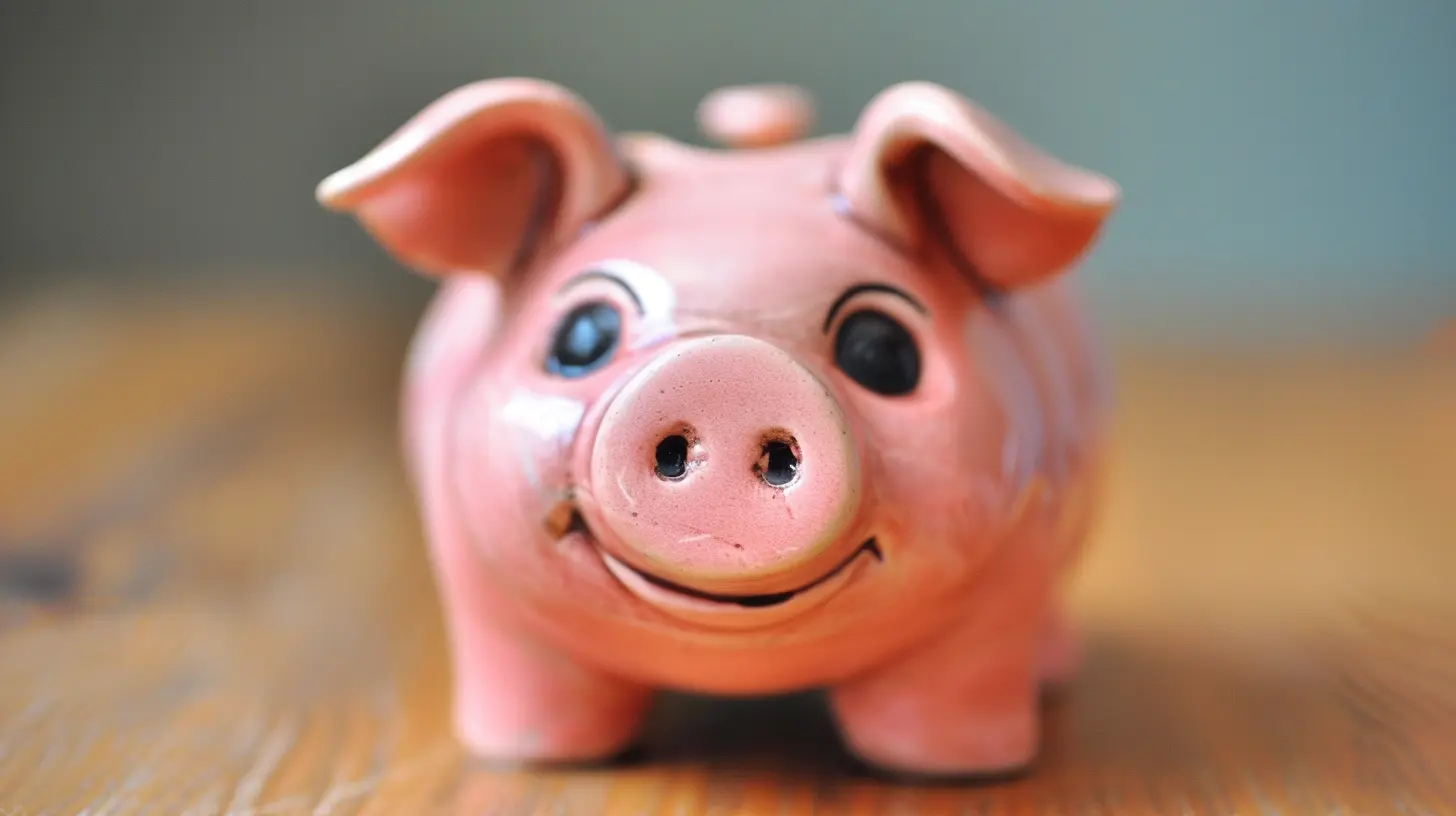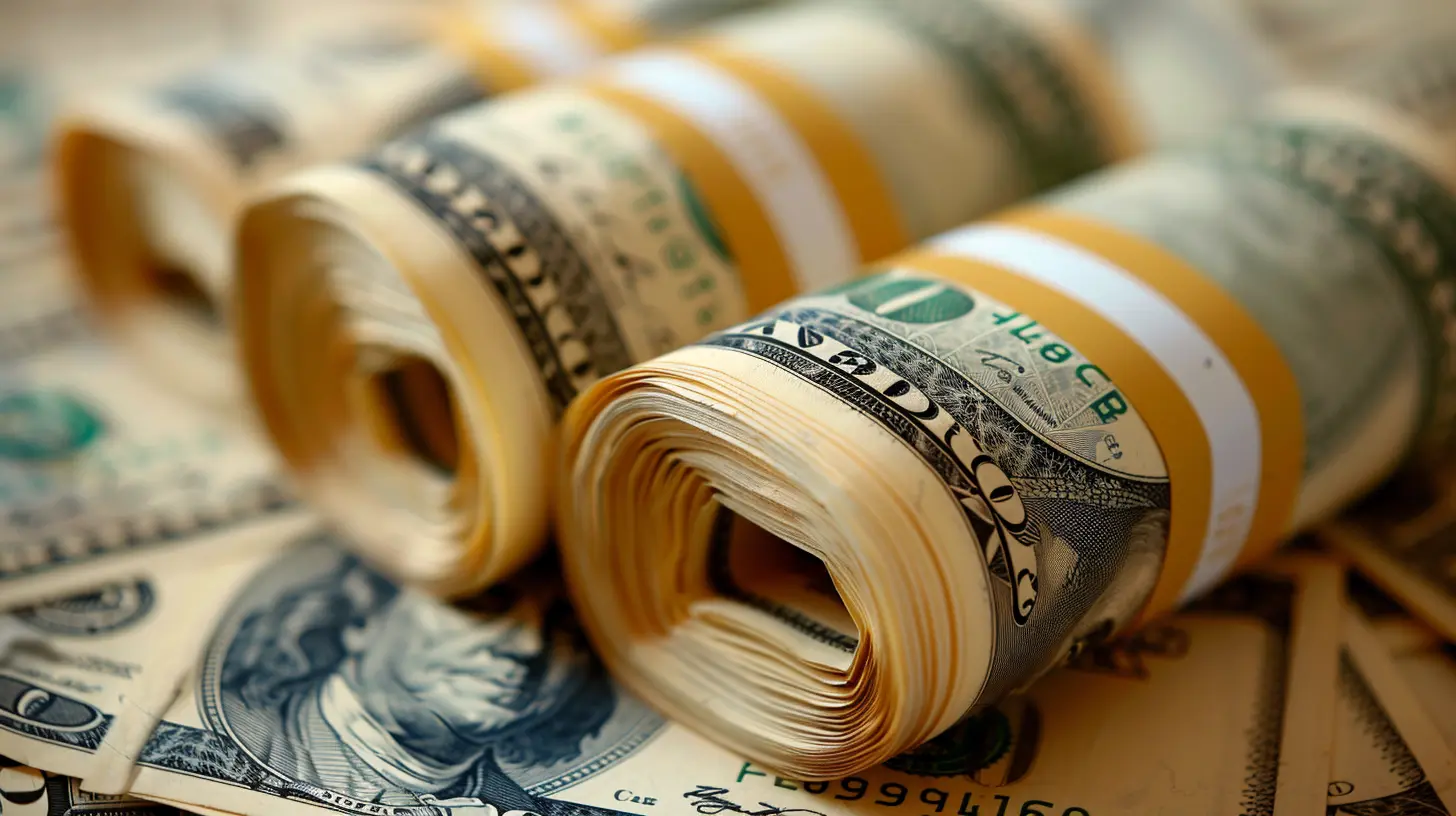Preparing for a Major Purchase: How to Budget for Big Expenses
18 June 2025
Let’s face it—big purchases can be super exciting, but they can also stress us out like crazy. Whether it’s a new car, the dream vacation you’ve been pinning on your vision board, or that stylish home renovation you’ve been putting off for years—it all comes down to one thing: money.
Now, don't worry. You don’t need to be some spreadsheet-loving finance wizard to make it happen. You just need a plan. A real, workable budget that doesn’t suck the fun out of your life. So, let’s dive into how you can prepare for that next big expense without losing sleep or ending up knee-deep in debt.
Why Budgeting for Big Purchases Matters
Here’s the thing: We often spend more time planning a dinner out than we do budgeting for something that costs thousands. Sounds ridiculous, right?Big purchases can easily derail your financial goals if you don’t handle them properly. If you wing it, you might end up racking up credit card debt, dipping into your emergency fund, or delaying retirement savings.
Budgeting ahead of time keeps you in control. It helps you make smarter decisions, avoid surprise costs, and maybe even score a few extra perks (hello, cash-back rewards and discounts). Plus, it just feels good knowing you’ve got your finances on point.
Step 1: Define What “Big Purchase” Means to You
Not all big purchases look the same. For some folks, a $500 TV is a splurge. For others, it might be a $50,000 kitchen remodel. The point is—“big” is subjective.So, your first step? Decide what counts as a major purchase in your world. Ask yourself:
- Does this cost more than I typically spend in a month?
- Will I need to dip into savings or use financing?
- Will this purchase affect my other financial goals?
Once you’ve nailed down what qualifies as “big,” you’ll have a better idea of how seriously you need to budget for it.
Step 2: Set a Realistic Budget (Not a Fantasy One)
Okay, time for some real talk. It’s easy to underestimate how much things cost. A $2,000 vacation? Sure. But then you tack on flights, meals, excursions, and souvenirs… suddenly, you’re looking at $3,500.Instead of going by gut feelings, do your homework. Break down the total cost into every little piece. This might include:
- Base price (e.g., the sticker price of a car)
- Taxes and fees
- Maintenance or upkeep (like furniture assembly or insurance)
- Accessories or add-ons (like a laptop case or travel insurance)
- Hidden costs, or “gotchas” (delivery fees, or that $50 airport taxi)
Be honest with yourself and set a realistic number—then add a little cushion. I like to throw in an extra 10–15% for unexpected costs. Better safe than short.
Step 3: Set a Target Date for the Purchase
Now that you know what you're buying and how much it’ll cost, when do you want it?Is this a "need it next month" purchase? Or are you planning for something a year (or more) down the road?
Nailing down the timeline gives you a sense of urgency—and clarity. Let’s say you want to save $5,000 for a down payment on a car in 10 months. That means you need to save $500 a month.
A clear date also helps you avoid procrastination. If the deadline's fuzzy, chances are your budget will be too.
Step 4: Analyze Your Current Finances
Alright, time to get cozy with your money.Take a look at your income, fixed expenses (like rent, bills, subscriptions), and variable expenses (think groceries, dining out, impulse buys). Then ask: “How much room do I have to save each month?”
If your monthly budget’s tighter than your favorite pair of jeans after Thanksgiving—don’t panic. You can:
- Cut back on non-essentials (like that $6 latte habit)
- Look for ways to bring in extra cash (hello, side hustle or selling stuff you don’t need)
- Reallocate other savings temporarily (but only if it won’t mess up your emergency fund)
The goal here is to find a workable monthly savings number without wrecking your day-to-day life.
Step 5: Open a Dedicated Savings Account
Here’s one of my favorite tricks—a separate savings account just for this purchase.Why? Because keeping the money separate:
- Helps you track progress clearly
- Reduces the temptation to spend it
- Psychologically reinforces your goal (you’ll feel a little dopamine hit every time you move money into it)
Choose an account that earns some interest but is still easy to access when it’s “go time.” Online high-yield savings accounts work great. Bonus points if you can nickname it something fun like “Bali Beach Trip” or “Dream Kitchen Fund.”
Step 6: Automate Your Savings
If you wait until the end of the month to “see what’s left” before saving—you probably won’t save much.So flip the script. Treat savings like a bill. Set up an automatic transfer from your checking account to your dedicated savings on payday. That way, saving becomes something you do without even thinking about it.
Out of sight, out of mind—and steadily growing.
Step 7: Monitor and Adjust As You Go
Life’s unpredictable. Maybe your car surprises you with a $500 repair. Or maybe you get a bonus. Either way, check in with your savings plan regularly.Make it a habit (monthly is perfect) to review:
- How much you’ve saved
- How you’re tracking against your goal
- If you need to tweak your budget to catch up—or if you’re ahead (hello, reward splurge!)
It’s not about being perfect—it’s about being proactive.
Step 8: Avoid Financing if You Can
I get it. Taking out a loan or swiping a credit card makes things easy right now. But future-you might not love it so much.Financing can come with high interest rates, fees, and added stress. Plus, it eats into your future income—which could limit your flexibility down the line.
If you really can’t wait and must finance:
- Shop around for the lowest rates
- Know the full repayment terms
- Factor the monthly payments into your budget
But if you can delay the purchase and save instead? You’ll save money and get peace of mind. Win-win.
Step 9: Look for Deals and Discounts
You’ve done all this prep work—now make that money go even further.Before pulling the trigger on your big purchase, shop smart. Look for:
- Sales and seasonal promotions
- Coupons or promo codes
- Cash-back offers
- Price matching
- Buying secondhand or refurbished
Even saving 10% on a $3,000 expense = $300 in your pocket. Worth the extra effort, right?
And hey, if the deal isn’t right? Walk away. The biggest power you have as a consumer is the word "no."
Step 10: Celebrate the Win (Without Blowing the Budget)
You did it. You planned, you saved, you stuck to your budget, and now you’ve made the big purchase.Take a moment to be proud. Seriously. This stuff isn’t always easy to do—especially with life throwing curveballs every other day. Pat yourself on the back.
But stay mindful. Avoid the classic “I deserve it” trap where one big purchase turns into ten. Keep building on that momentum and apply the same strategy to your next goal.
Real-Life Example: Budgeting for a Home Gym Setup
Let’s say you’ve decided to drop that pricey gym membership and create your own home gym.Here’s how you'd break it down:
- Equipment: $1,200 (treadmill, weights, yoga mat, etc.)
- Flooring: $200
- Delivery/Assembly: $150
- Total estimated cost: $1,550
You want to make the purchase in 5 months. That’s $310/month.
Open a savings account called “Home Gym,” set up an auto-transfer, cut back on takeout for a bit, and maybe sell those barely-used golf clubs gathering dust.
Boom. In five months, you’ve got your gym—no debt, no stress, and no regrets.
Final Thoughts
Big purchases don’t have to mean big problems. With a little planning and a lot of self-awareness, you can budget for them like a pro.Remember: it’s not just about affording the thing—it’s about affording it without disrupting your bigger financial picture.
So think it through. Budget with confidence. Delay the instant gratification, and you’ll thank yourself later. Because nothing feels better than making a major purchase and knowing you totally earned it.
all images in this post were generated using AI tools
Category:
Budgeting TipsAuthor:

Knight Barrett
Discussion
rate this article
2 comments
Kairoth Baxter
Great tips! Budgeting for big purchases can be daunting, but breaking it down into manageable steps makes it so much easier!
June 20, 2025 at 3:48 AM

Knight Barrett
Thank you! I’m glad you found the tips helpful. Breaking it down truly makes a difference!
Preston Sharp
Great insights on budgeting for major purchases! It's crucial to plan ahead, set clear savings goals, and track expenses to ensure you’re financially prepared. Following these steps can make a significant difference in managing big expenses effectively.
June 19, 2025 at 3:32 AM

Knight Barrett
Thank you! I'm glad you found the insights helpful. Planning and tracking are key to successful budgeting for major purchases.


